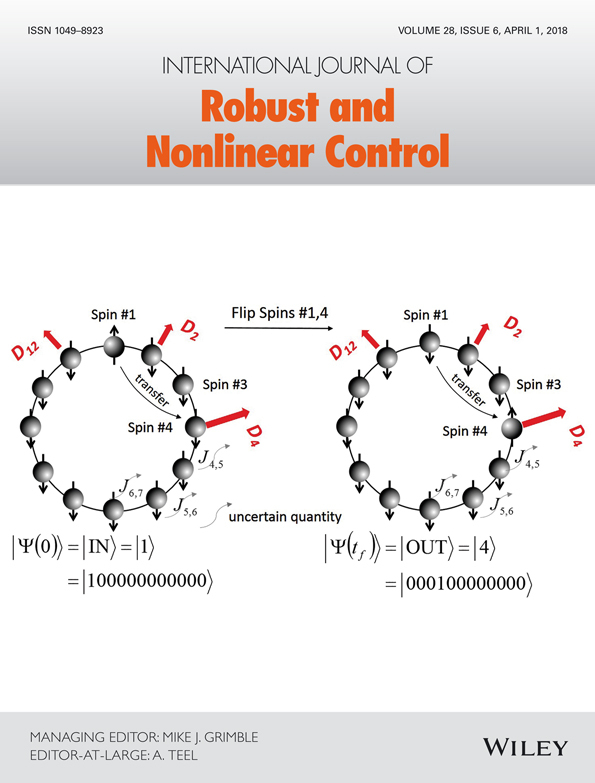Multiple model adaptive control for switched linear systems: A two-layer switching strategy
Summary
In this paper, the multiple model adaptive control scheme is first introduced into a class of switched systems. A switched multiple model adaptive control scheme is proposed to improve the transient behavior by resetting the controller parameters. Firstly, a finite-time parameter identification model is presented, which greatly reduces the number of identification models. Secondly, a two-layer switching strategy is constructed. The outer layer switching mechanism is to ensure the stability of the switched systems. The inner layer switching mechanism is to improve the transient behavior. Then, by using the constructed jumping multiple Lyapunov functions, the proposed adaptive control scheme guarantees that all the closed-loop system signals remain bounded and the state tracking error converges to a small ball whose radius can be made arbitrarily small by appropriately choosing the design parameter. Finally, a practical example about model reference adaptive control of an electrohydraulic system using multiple models is given to demonstrate the validity of the main results.




